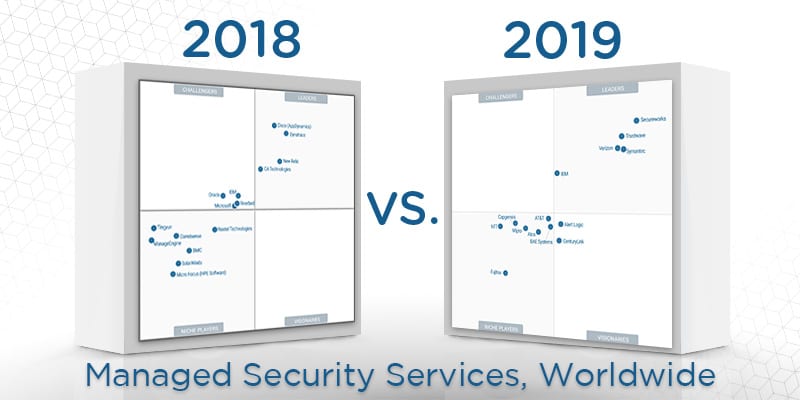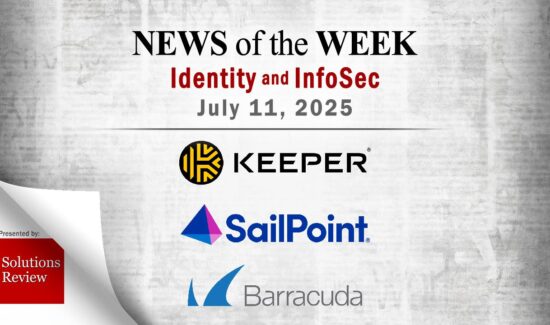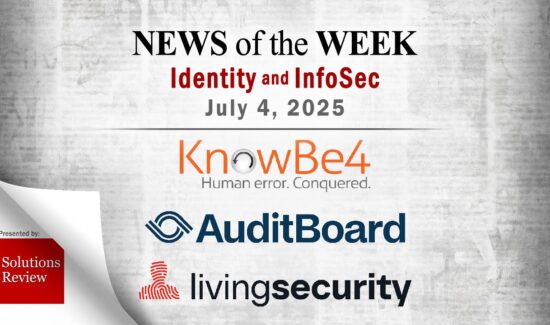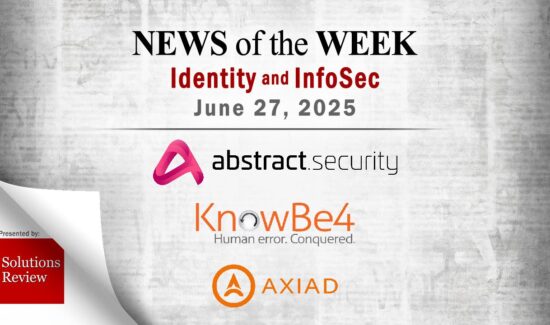What’s Changed: The 2019 Managed Security Services, Worldwide Magic Quadrant


Recently, technology analysis and research giant Gartner released their 2019 Managed Security Services, Worldwide Magic Quadrant.
In this report, Gartner evaluated the strengths and weaknesses of the 14 Managed Security Services Providers (MSSPs) it considers the most significant in the market. Gartner bases their findings on distinct service and market share criteria.
Widget not in any sidebars
Indeed, Gartner’s researchers use their findings on each vendor to compose their proprietary Managed Security Services, Worldwide Magic Quadrant. Thus, the graph plots the MSSPs based on the completeness of their security visions and their ability to execute those visions. Additionally, they identify key capabilities for the market space and evaluate the vendors on their fulfillment of those capabilities.
Through these criteria, Gartner labels the top solution providers as Leaders, Visionaries, Challengers, and Niche Players. Despite the labels, Gartner explicitly states it does not endorse any vendor, product, or service depicted in its research publications.
This year, the Gartner 2019 Managed Security Services, Worldwide Magic Quadrant named 14 providers; Alert Logic, AT&T, Atos, BAE Systems, Capgemini, CenturyLink, Fujitsu, IBM, NTT, SecureWorks, Symantec, Trustwave, Verizon, and Wipro.
First Impressions: 2019 Managed Security Services, Worldwide Magic Quadrant
Gartner considers the Managed Security Services market mature; in fact, researchers estimate the market size at over $10 billion in 2018. Perhaps this is no surprise. MSSPs face an increasingly hostile and evolving threat landscape. Additionally, Gartner notes the growing complexity of enterprise IT environments and the lack of available cybersecurity talent. All of this contributes to an increased demand for MSSPs across industries.
Therefore, in the opening lines of their Managed Security Services, Worldwide Magic Quadrant Gartner observes growing diversity in the market; in other words, MSS providers must adapt to a wider range of buyers with differing needs. “Security and risk management leaders should identify providers best aligned to their requirements, security maturity, and organization’s vertical, size, and geographic footprint.”
The editors at Solutions Review read through the Gartner 2019 Managed Security Services, Worldwide Magic Quadrant. Here’s what we learned about what’s changed since last year.
What are Managed Security Services?
Gartner’s research does not just explore technology spaces; it helps to define those spaces for other researchers and for prospective clients. Thus, understanding their technology definitions provides insights into the future of the market as well as current capabilities.
According to researchers, managed security services must provide remote 24/7 monitoring of, and response for, security events. This constitutes the most important component of managed security services—remote threat detection, use case resolution, and reporting.
Additionally, MSSPs must offer administration and management of IT security technologies; they should also deliver security operations center capabilities, incident response services, threat intelligence, and managed detection and response.
For inclusion into the Managed Security Services, Worldwide Magic Quadrant, vendors must have a comprehensive portfolio with the above capabilities. Furthermore, Gartner emphasizes the remote delivery aspect of these services—on-premises management does not fit into this market space or report.
Few New Names and Many Lost
In response to market changes and predictive data, Gartner readjusts its evaluation criteria for the respective Magic Quadrants every year. This can result in providers appearing or disappearing from the graph from year to year.
In 2019, only one new vendor appears in the Managed Security Services, Worldwide Magic Quadrant: Alert Logic. Meanwhile, 4 different providers—BT, DXC Technology, HCL Technology, and Orange Business Services—did not appear this year. Gartner did not directly comment on the reasons for the exclusion of these vendors.
5 Leaders in the 2019 Management Security Services, Worldwide Magic Quadrant
Of the 14 providers listed in the 2019 Magic Quadrant, Gartner placed half of them in the Niche Players Quadrant. The report characterizes Niche Players as service offerings available primarily in specific market segments.
Only 2 vendors appeared as Visionaries; these offer high-quality service offerings and support for innovative technology. Meanwhile, no vendors received the title of Challenger. Therefore, Managed Security Services, Worldwide Magic Quadrant feature 5 providers as Leaders:
- IBM offers a noteworthy set of security event monitoring services and aligns its services for threat intelligence.
- Verizon offers security services for protection against DDoS attacks as well as incident response services.
- Trustwave was praised for its role-based access, its threat intelligence, and its analytic threat detection capability.
- Secureworks provides proactive, remote, and on-site reactive response services and has a popular incident response retainer.
- Symantec received notice for migrating its delivery platform to Amazon Web Services and for its overall experience.
What Comes Next for Managed Security Services?
Gartner emphasizes the importance of enterprises selecting the right services for their particular use case; as an example, if your business needs 24/7 threat detection, you need to weigh that capability more heavily in your selection process.
In addition, Gartner notes the importance of MSSPs not only alerting clients to cyber threats but actively removing those threats as well; this has become especially vital in the current detection-based cybersecurity paradigm. Furthermore, modern MSSPs must move beyond on-premises threat detection and response but also follow enterprises onto the cloud. The cloud requires different skill sets and technologies from the same MSSP capabilities.
Finally, Gartner notes the MSS market continues to segment along with buyers’ needs and demands, including digital transformers and first-time buyers.
Managed Security Services should not just appeal to small businesses. With the current cybersecurity staffing crisis and the quickly evolving threat landscape, global enterprises should also weigh the importance of outsourcing their digital security.
NOW READ: 19 Best Password Managers for Users and Businesses: The Definitive List




















